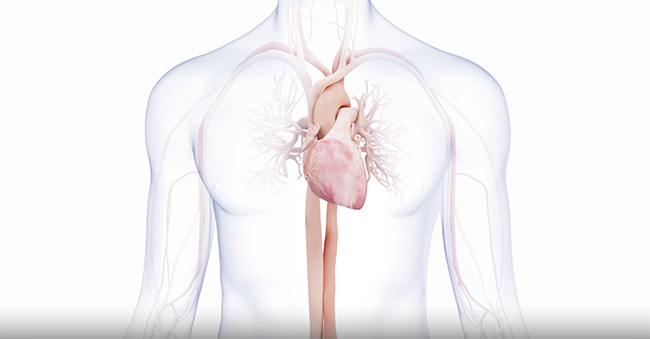Aortic Valve Stenosis
As aortic stenosis progresses, patients often start to develop symptoms which include:
- Chest pain
- Dizziness or light-headedness
- Difficulty breathing or feeling out of breath
- Difficulty walking short distances
- Rapid, fluttering heartbeat
- Difficulty lying down flat due to shortness of breath
- The feeling like you might faint or fainting
- Swelling in your feet, ankles, lower legs
If you have been told you have a heart murmur and are experiencing any symptoms listed above, talk to your doctor or cardiologist.
 Joseph Tuma, M.D., FACC, FSCAI
Joseph Tuma, M.D., FACC, FSCAI
Cardiovascular Medicine, Vascular Medicine, Structural Heart, Interventional Cardiology
Rapid City, SD
 Becky Sharp, CNP
Becky Sharp, CNP
Rapid City, SD
 Meghann Warnke, CNP
Meghann Warnke, CNP
Rapid City, SD
More From Monument Health

This Nurse Could Save Your Life Twice
December 3, 2025

Upgrading the Rapid City Hospital Laboratory
December 3, 2025





